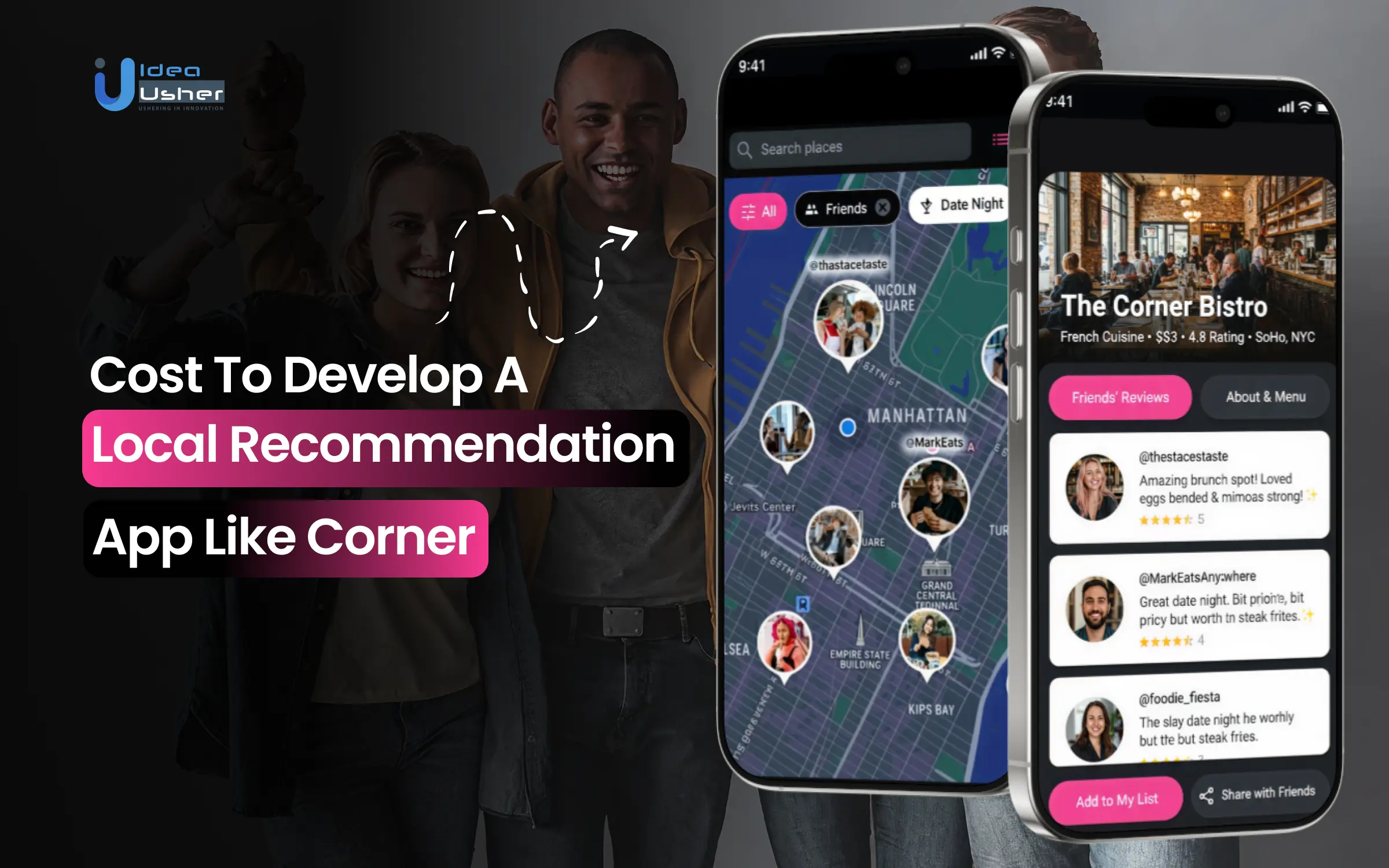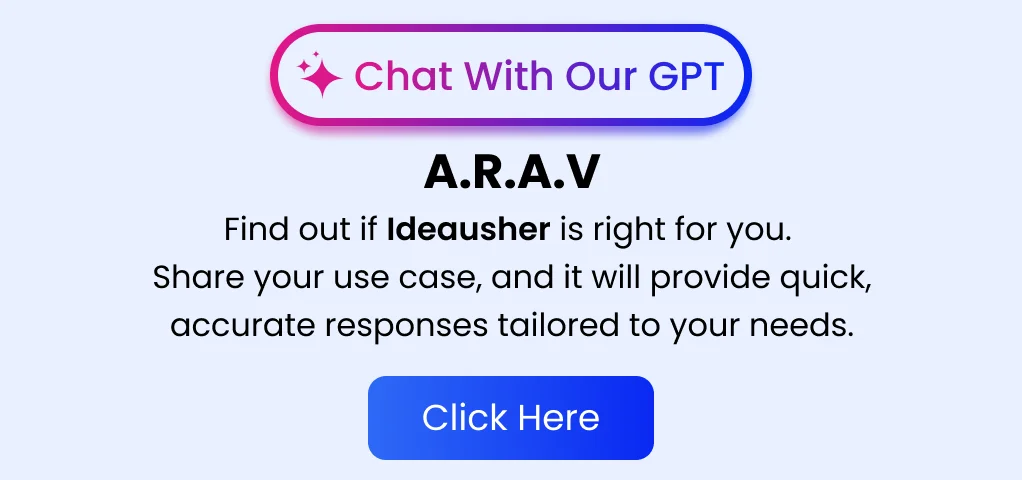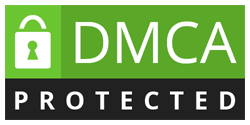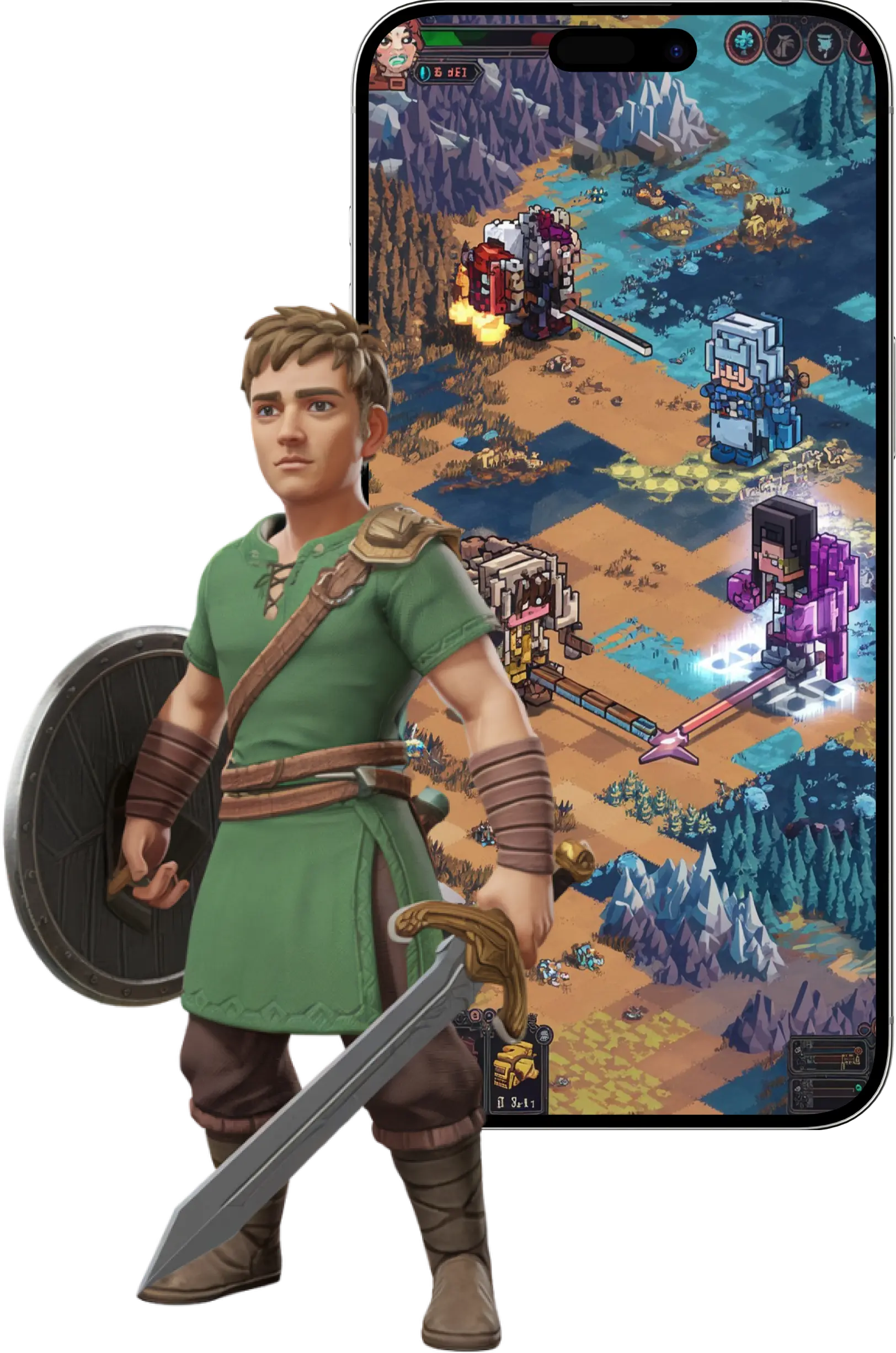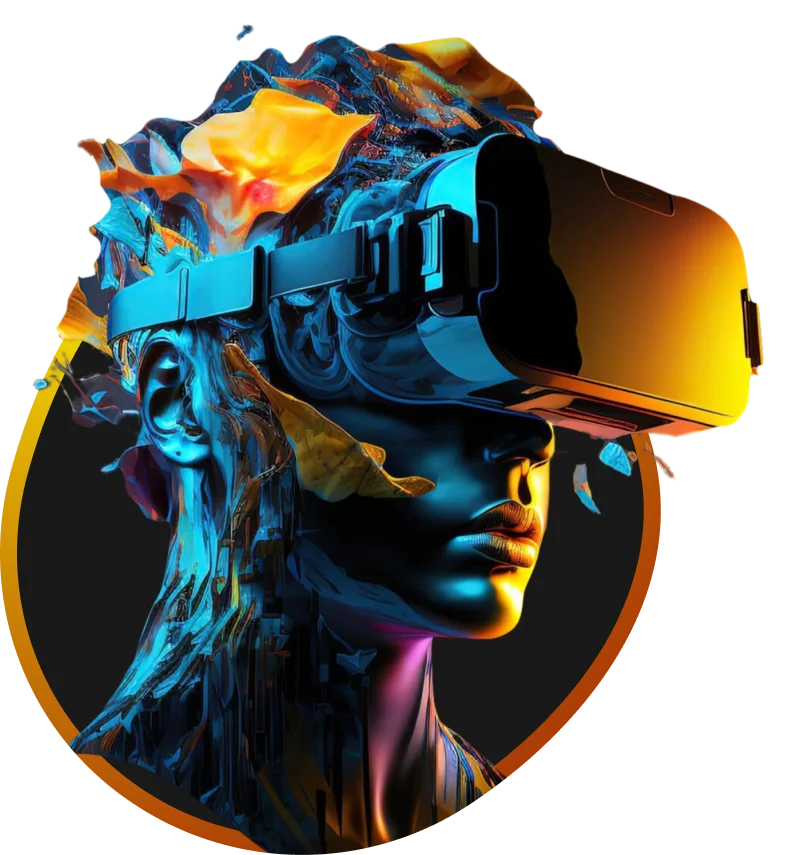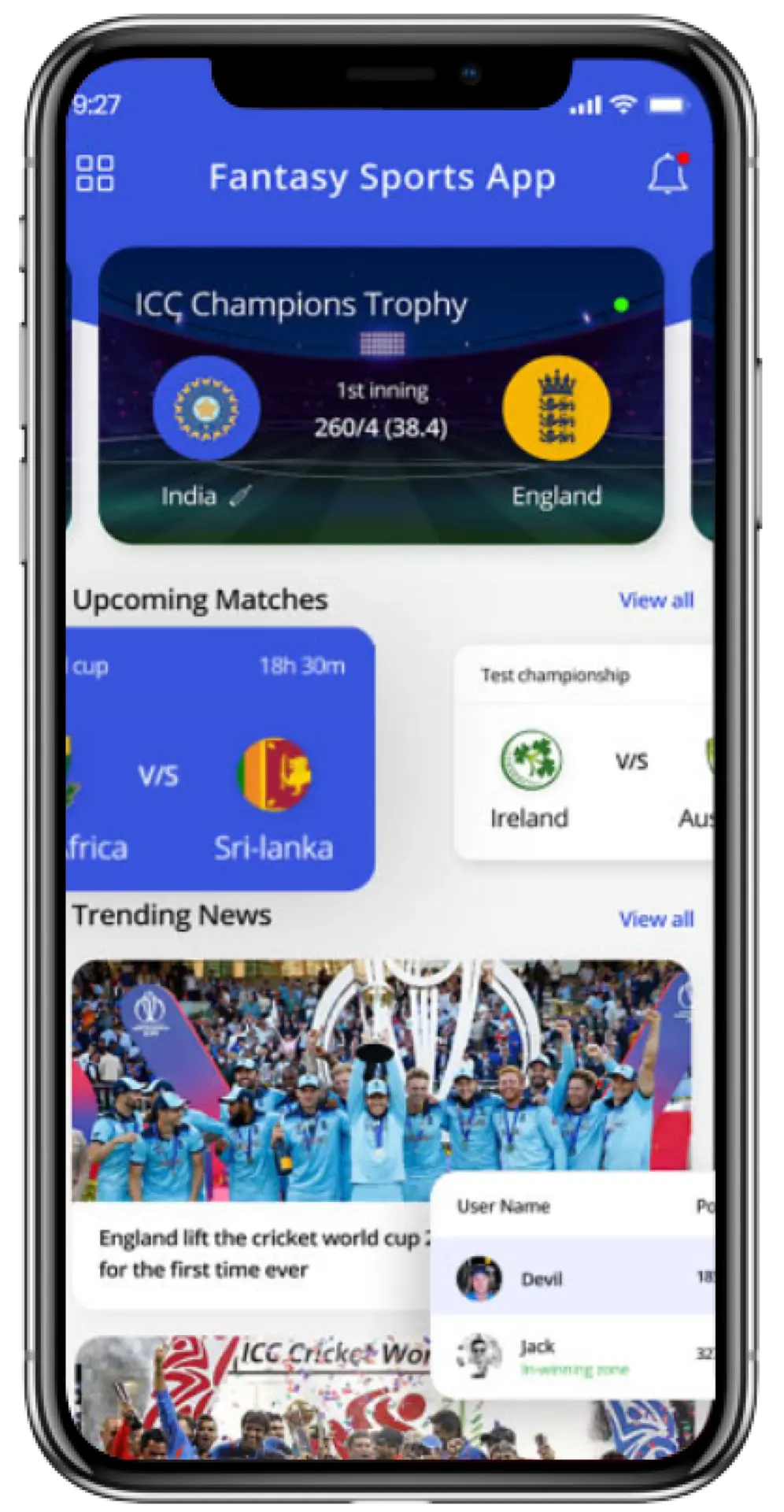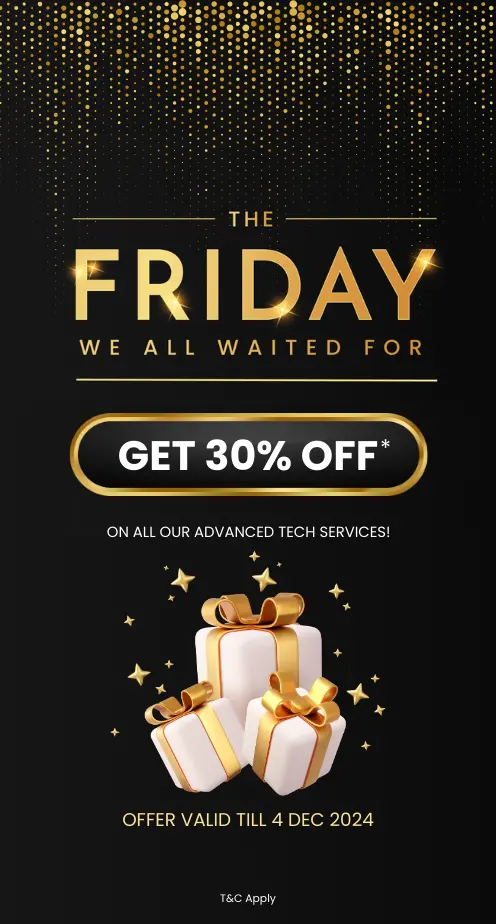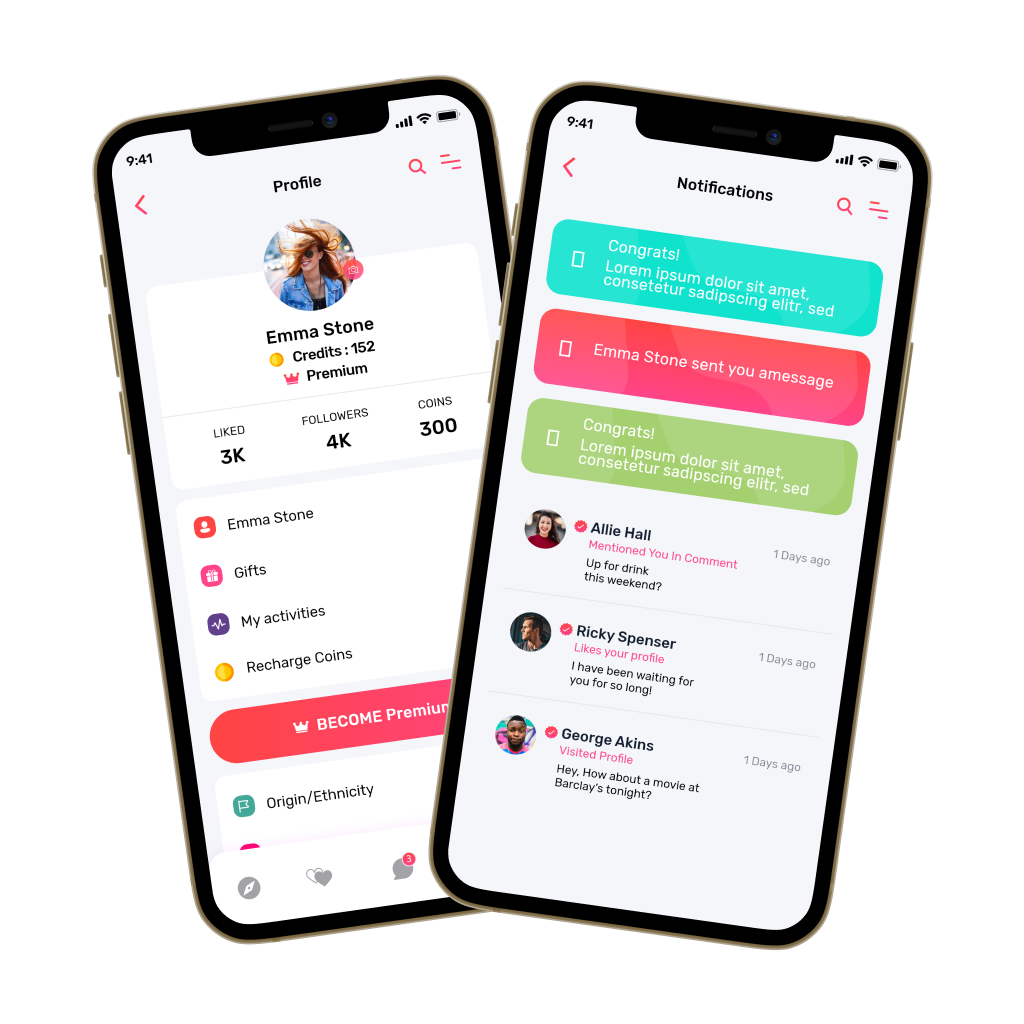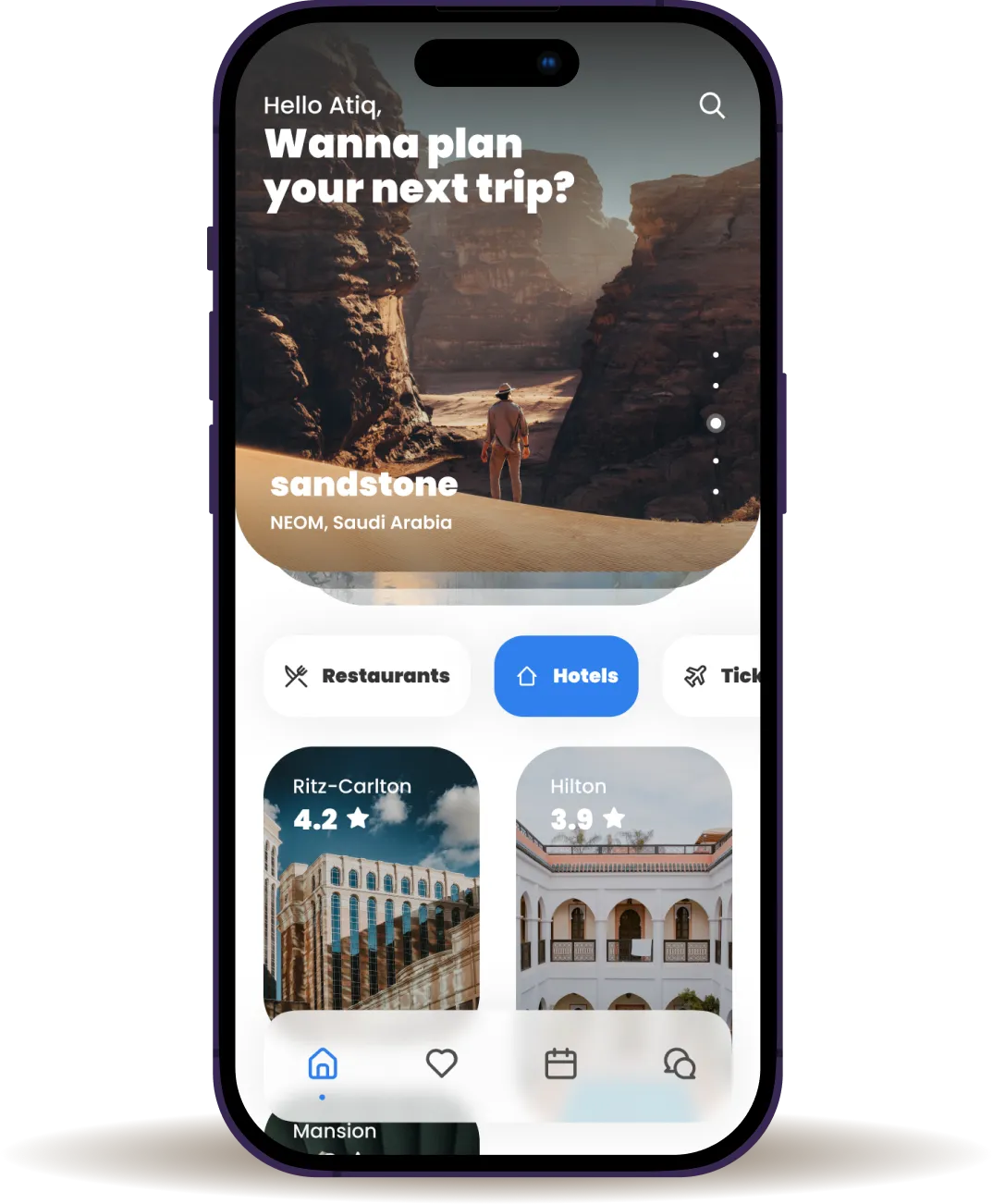Local discovery apps are changing how people explore their neighborhoods. They turn everyday outings into unique adventures. Whether it’s finding that perfect coffee spot hidden on a quiet street or discovering a weekend market that locals love, consumers want recommendations that feel personal and real.
Creating a local recommendation app has become an appealing option for businesses looking to take advantage of this shift. Vibe-based, peer-influenced discovery is overtaking traditional search engines and ad-heavy review sites. Millennials and Gen Z are leading this change. They want experiences that reflect their values and lifestyles, instead of settling for generic, algorithm-driven suggestions.
With the growing shift towards personalized discovery, we’ve seen how the right app can connect users to authentic local experiences, whether it’s a hidden café or a vibrant street festival, making recommendations more than just useful but memorable. IdeaUsher has mastered this process, designing apps that reflect the local vibe while keeping user experience at the forefront. We’re putting together this blog to discuss the cost of developing a local recommendation app, helping you get started on building a platform like this with clear insights.
Key Market Takeaways for Local Recommendation Apps
According to MarketUS, the travel app market is set to experience explosive growth, projected to jump from USD 650.7 billion in 2024 to USD 3,552.7 billion by 2034. A key driver of this boom is the rising popularity of local recommendation apps. These platforms are becoming essential for travelers who seek real-time, personalized suggestions for everything from dining spots to unique activities, helping users explore destinations like a local.

Source: MarketUS
Apps like Spotted by Locals, Localeur, and Like a Local are changing the way people experience cities, focusing on authentic recommendations from locals rather than traditional tourist guides. This shift reflects a desire for more genuine travel experiences that go beyond the typical sightseeing routine.
The success of these apps can be attributed to their use of innovative features like GPS-based suggestions and augmented reality. With personalized itineraries and user reviews, apps such as Wanderlog also make it easier to plan trips, from budgeting to discovering hidden gems along the way.
This blend of technology and local insight is reshaping the travel landscape, offering travelers a more tailored and immersive experience.
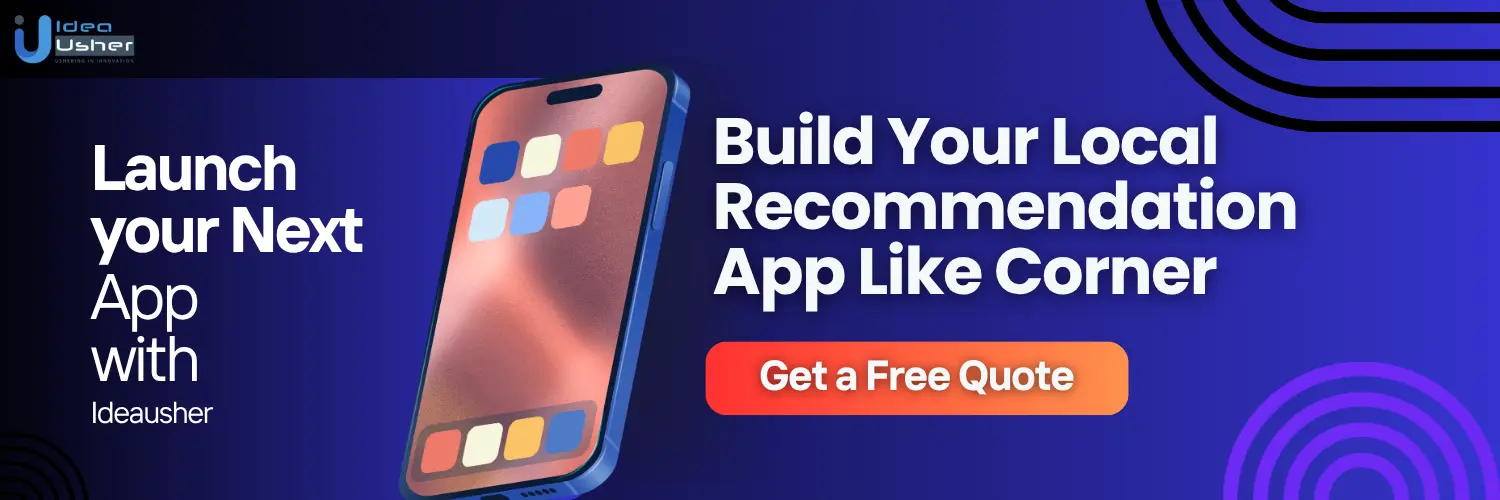
What Are Local Recommendation Apps?
Local recommendation apps are platforms designed to help you discover unique, personalized spots in your area or while traveling. Unlike traditional maps or directories, they focus on quality and atmosphere, offering curated suggestions based on your taste and preferences, rather than just proximity or star ratings.
Differentiation from Google Maps/Yelp
While platforms like Google Maps and Yelp have been the default for over a decade, a new wave of local recommendation apps is offering a fresh perspective on discovery. The difference isn’t just in the features it’s in the core philosophy behind how we find places.
| Feature | Google Maps / Yelp | Modern Local Rec Apps |
| Core Metric | Aggregated Star Ratings & Proximity: Popular, generic results. | Personal Taste & Trusted Curation: Recommendations based on your unique style. |
| Search Logic | Keyword & Filter-Based: Transactional, e.g., “Italian restaurant.” | Experience & “Vibe” Based: Search for specific experiences, like “cozy date night spot.” |
| Content Source | Automated Scraping & Broad User Reviews: Information overload. | User-Generated Content & Human Curation: Authentic saves, lists, and reviews. |
| Primary Goal | Utility & Efficiency: Find the closest, highest-rated option. | Discovery & Connection: Find places that resonate with your identity. |
In essence, if Google Maps is a phone book and Yelp is a bulletin board of opinions, apps like Corner offer a personal lookbook of your city, tailored to your unique preferences and vibe.
Types of Local Recommendation Apps
The world of local discovery is diverse, with apps that cater to different aspects of exploration. These apps generally fall into three main categories:
1. AI-Powered Discovery Apps
These apps are pioneers in personalized recommendations, using Machine Learning and Natural Language Processing to understand your preferences. By analyzing the places you save and the language you use, they create a unique “taste profile” just for you. Their standout feature, “Vibe Search,” lets you search naturally, like asking for a “cozy café with good Wi-Fi,” and get spot-on suggestions.
Some popular examples of these types of apps are,
- Corner – A social mapping platform where users curate and share personalized lists of their favorite local places, without the distraction of bots or ads.
- BeReal – A social app where users post one unfiltered photo per day at a random time, promoting authenticity over curation.
- Gas – An anonymous compliment app for teens, where friends answer positive polls about each other, boosting confidence and social bonding.
- Locket Widget – Lets friends send photos directly to each other’s home screens through a widget, making social sharing more personal and casual.
The User Experience: Feels more like consulting a personal, digital concierge than a typical database search.
2. Community-Driven Apps (UGC-Focused)
These apps put users at the center, turning local discovery into a social experience. You follow people whose tastes you trust, and your feed fills with their curated finds and lists, like “Best Hidden Cafes in LA.” The key is the social graph, your map is shaped by those you follow, making discovery feel like personalized, word-of-mouth recommendations.
The User Experience: Feels like a specialized, location-based Instagram or Pinterest where every post is a place you can actually visit.
3. Travel and City-Guide Hybrids
These apps blend professional editorial content with user-generated recommendations, making them perfect for both locals and tourists. They feature curated lists from local writers and influencers alongside personal user reviews, like a guide to “Best Street Art in Berlin” mixed with hidden bar recommendations. The real draw is the combination of expert curation and dynamic, community-driven content that keeps things fresh and relevant.
The User Experience: Feels like browsing a beautifully designed, constantly updated travel magazine, where you can immediately save any recommended spot to your own map.
How Much Revenue Can Local Recommendation Apps Generate?
The revenue potential of local recommendation apps, like those targeting Gen Z, can vary significantly based on user adoption, engagement, and the monetization strategies they employ. Apps in this space typically experience a range of revenue outcomes, from modest early-stage earnings to multi-million-dollar revenues as they scale.
Monetization Models
Local recommendations and community apps succeed by blending social engagement with revenue-generating features. Common strategies include:
- Freemium & Premium Features: Offering a basic free version of the app with additional perks available for a premium. This could include features like enhanced discovery, exclusive rooms, or customizable profiles.
- Creator Tools & Paid Rooms: Creators can host paid events, receive tips, or run subscription services, with the platform taking a percentage of the earnings.
- Native Ads / Sponsored Content: Integrating brand-led content, such as sponsored rooms or promoted events, without disrupting the social experience. This approach allows businesses to engage users in a non-intrusive way.
- Partnerships & Campus Sponsorships: Collaborating with local businesses, student organizations, or event organizers who pay for direct access to highly engaged users, helping to monetize the community directly.
Revenue Benchmarks
In terms of Revenue per Active User (ARPU), Gen Z-focused apps often start with modest earnings but can scale significantly as user engagement increases. Here are some rough benchmarks for early to highly engaged apps:
- Early-stage apps: $1–$3 ARPU per active user per month.
- Highly engaged, creator-driven apps: $5–$10 ARPU per active user per month.
Based on these benchmarks, the revenue potential of an app grows as user adoption and engagement rise:
- Small-scale launch (50,000 MAUs): At $2 ARPU, the app could generate approximately $100,000 per month.
- Medium-scale growth (200,000 MAUs): At $3 ARPU, revenue could reach around $600,000 per month.
- Large-scale viral adoption (1M MAUs): With $5 ARPU, monthly revenue could approach $5 million.
Did You Know……
Corner, a Gen Z-focused local recommendation and social mapping app, has raised seed funding totaling $3.75 million across two rounds, with backing from venture capital funds like Abstract Ventures, Tapestry, and 1517, as well as angel investors including the cofounder of Partiful.
The app currently has about 55,000 users spread across 450 cities globally, including hubs in New York, San Francisco, Tokyo, Los Angeles, and Seoul.

Cost to Develop a Local Recommendation App Like Corner
Developing an app like Corner falls into the Medium to High Complexity range because of its advanced features like geolocation, personalized recommendations, and social networking. The cost will depend on how complex the app is, from a simple MVP to a fully-featured version. In short, the more features you want, the higher the price tag.
Estimated Cost Range
| Complexity Level | Key Features | Offshore/Mid-Tier Cost Range | Development Time |
| Minimum Viable Product (MVP) | Basic map, User Profiles, List Creation, Simple Search (Cross-Platform) | $50,000 – $120,000 | 3 – 6 Months |
| Full-Featured App | All MVP features + Personalized AI/ML Recommendations, Real-time Chat, Custom UI/UX, Advanced Analytics (Native iOS/Android) | $120,000 – $300,000+ | 6 – 12+ Months |
Detailed Cost Breakdown by Development Phase
| Development Phase | Budget Allocation Percentage | Estimated Cost Range | Description |
| 1. Discovery & Research | 10% – 15% | $12,000 – $45,000 | Market research, competitor analysis, project scoping, tech stack selection. |
| 2. UI/UX Design | 15% – 25% | $18,000 – $75,000 | Wireframes, high-fidelity visual design, branding, user flow mapping. |
| 3. Development | 40% – 55% | $48,000 – $165,000 | Core feature implementation, API integrations, database setup. |
| 4. Testing & Deployment | 15% – 20% | $18,000 – $60,000 | QA, bug fixing, performance testing, app store submission. |
Core App Feature Development Costs
| Core App Feature | Cost Estimate (Single Platform) | Complexity Driver |
| User/Social Profile | $3,000 – $10,000 | Registration, profile creation, follow/unfollow logic. |
| Geolocation/Mapping | $5,000 – $15,000+ | Integration with maps, custom pins, geofencing. |
| List Creation & Sharing | $4,000 – $12,000 | Custom fields, robust search/filtering, sharing controls. |
| Personalized Search & Filtering | $8,000 – $25,000+ | Recommendation engine, data-intensive logic (collaborative/content-based). |
| Push Notifications | $1,500 – $4,000 | Alert setups (followers, list likes, nearby places). |
| Backend & Database | $15,000 – $40,000+ | Highly scalable database and API architecture. |
| Custom UI/Aesthetics | $5,000 – $15,000+ | Custom branding, animations, screen transitions. |
Total Estimated Cost: $96,000 – $345,000+
Please note, this is just an estimate. The total estimated cost for developing an app like Corner ranges from $96,000 to $345,000+ USD, depending on the features and complexity. For a more accurate quote, feel free to reach out to us for a free consultation. We’d love to discuss your project in detail.

Factors Affecting the Cost of a Local Recommendation App
Over the years, we’ve learned that the true cost of developing a local recommendation app depends on a few key factors. It’s not just about coding; it’s about crafting an experience that works seamlessly for users and grows with them. Getting these right early on saves both time and money in the long run.
1. Handling Subjective Searches
When people search for a “romantic, moody cocktail bar,” it’s more than just keywords; it’s about capturing the mood behind the words. Traditional search engines pull up everything with those terms, but miss the subtle feeling a user is looking for. We focus on the vibe, understanding context and meaning, not just matching words.
Our Way: We don’t just design a search bar; we craft a Contextual Understanding Engine. Using advanced language models and semantic embeddings, we convert both user queries and business descriptions into mathematical vectors.
A search for “romantic, moody cocktail bar” becomes a precise point in a “vibe space.” From there, the app finds places whose descriptions match that vibe.
The Cost of Innovation:
- Basic Tag-Based Search: $5,000 – $15,000
- AI-Driven Vibe Search with Vector Databases & LLM Integration: $30,000 – $70,000+
2. User-Generated Content Quality Control
Relying on User-Generated Content can be risky if you’re not actively managing it. The old approach just opens the floodgates, letting spam and outdated info flood in. We build a community where quality is encouraged and maintained, with smart tools to keep everything in check.
Our Way: We build a Human-AI Symbiosis System.
- AI-Powered Triage automatically flags spam and duplicates.
- Empowered Editor CMS lets community managers curate content easily.
- Gamified User Incentives reward users for quality contributions.
The Cost of Innovation:
- Basic Manual Moderation: $8,000 – $20,000 (reactive and inefficient)
- Proactive AI Moderation + Custom CMS: $25,000 – $50,000 (scalable and community-driven)
3. Data Scalability
It’s easy to overlook scalability when building an MVP, but that’s where most apps stumble. We focus on creating a solid, scalable foundation from the start, not just a quick fix. A monolithic backend might work initially, but it’ll buckle under heavy traffic, so we design with growth in mind.
Our Way: We build with a Cloud-Native, Microservices Architecture, ensuring that:
- Services like search, social graphs, and image handling are decoupled.
- Distributed Databases are optimized for different use cases (e.g., Neo4j for social graphs, Pinecone for vectors).
- Elastic Cloud Infrastructure scales automatically during peak times and drops down when it’s quiet.
The Cost of Innovation:
- Simple Monolithic Backend: $15,000 – $30,000 (eventual collapse)
- Scalable Microservices & Cloud Architecture: $40,000 – $80,000+ (future-proof and robust)
4. The Challenge of Addiction
An app that only gets opened when someone needs something won’t last. We don’t just want users to open it; we want them to *crave* it. Instead of sending random push notifications, we create experiences that keep them coming back every day, like discovering something new or connecting with others.
Our Way: We engineer Frictionless Social Discovery, encouraging daily interaction with:
- Gamified Discovery: Reward users for exploring and earning badges.
- Collaborative Lists: Users can create and share lists, fostering social interaction.
- The “Save from Anywhere” Reflex: A central repository for users to store their future plans.
The Cost of Innovation:
- Basic Social Features (Follow/Save): $10,000 – $25,000 (basic but functional)
- Advanced Gamification & “Save from Anywhere” API Integration: $20,000 – $45,000 (engaging and habit-forming)
Conclusion
Local recommendation apps like Corner are shaping the future of discovery, offering users personalized, community-driven experiences that go beyond traditional search methods. As we move into 2025, businesses investing in these platforms have the opportunity to build loyal user communities, unlock recurring revenue streams, and gain a competitive edge in a rapidly evolving market. With expertise in AI, geolocation, and scalable app development, IdeaUsher is here to help turn your vision into a reality, creating a social discovery platform that truly resonates with today’s audience.
Are You Looking to Develop a Local Recommendation App?
At Idea Usher, we turn this vision into a competitive advantage. With over 500,000 hours of coding experience, our team of ex-MAANG/FAANG developers creates the intelligent, scalable foundations your app needs to become indispensable.
We’ll help you build an app that:
- Knows Your Users: Implements AI “Vibe Search” to understand “a cozy reading nook” or “a vibrant date spot.”
- Builds Community: Creates a social network of trusted recommendations, not anonymous reviews.
- Drives Revenue: Unlocks premium guides, partnerships, and subscriptions.
Ready to build what’s next? See our latest projects and let’s talk.
Work with Ex-MAANG developers to build next-gen apps schedule your consultation now
FAQs
A1: The cost to build an app like Corner varies depending on the features and complexity. For a basic version with essential features, you could expect it to be more affordable, while a fully-featured app with advanced functionalities, custom AI, and integrations will be a more significant investment. The overall price is influenced by the design, backend infrastructure, and testing requirements.
A2: The time to develop an app like Corner depends on its features. A basic version can be developed relatively quickly, usually within a few months. However, for a fully-featured, large-scale app with more sophisticated elements such as AI-powered recommendations, social sharing, and a robust backend, the development timeline may extend over a longer period, requiring several months to a year.
A3: Corner stands apart from Yelp or Google Maps because it centers around personal taste, social discovery, and authentic user-generated content, rather than ratings and ads. The app prioritizes sharing experiences and recommendations, creating a more community-driven environment where users discover places based on interests and vibes, not just popularity or reviews.
A4: Instead of relying on ads, social discovery apps like Corner generate revenue through subscription models, offering premium features such as exclusive content or lists. They also monetize through local business partnerships, where users can make reservations or access special deals. Premium listings allow businesses to showcase themselves in a more organic and engaging way, creating a better user experience while generating income.
